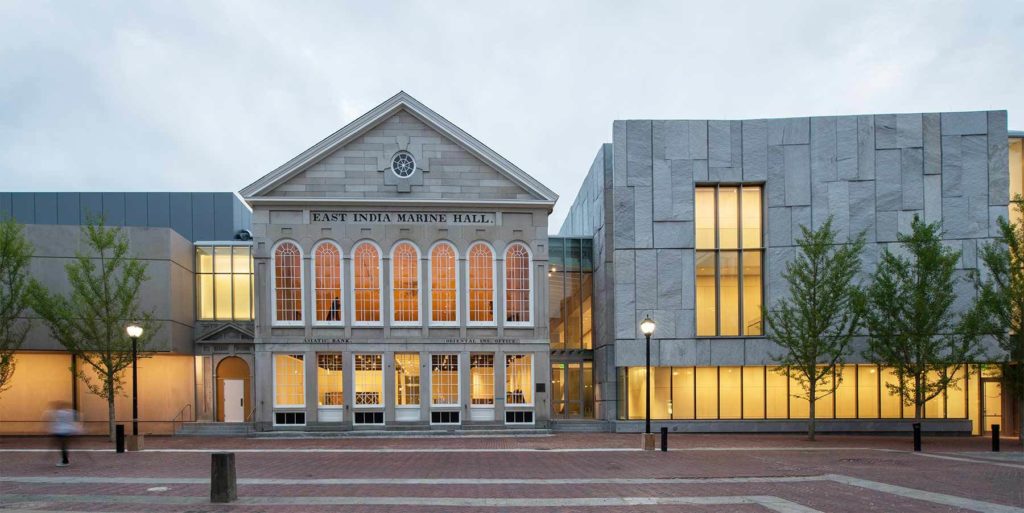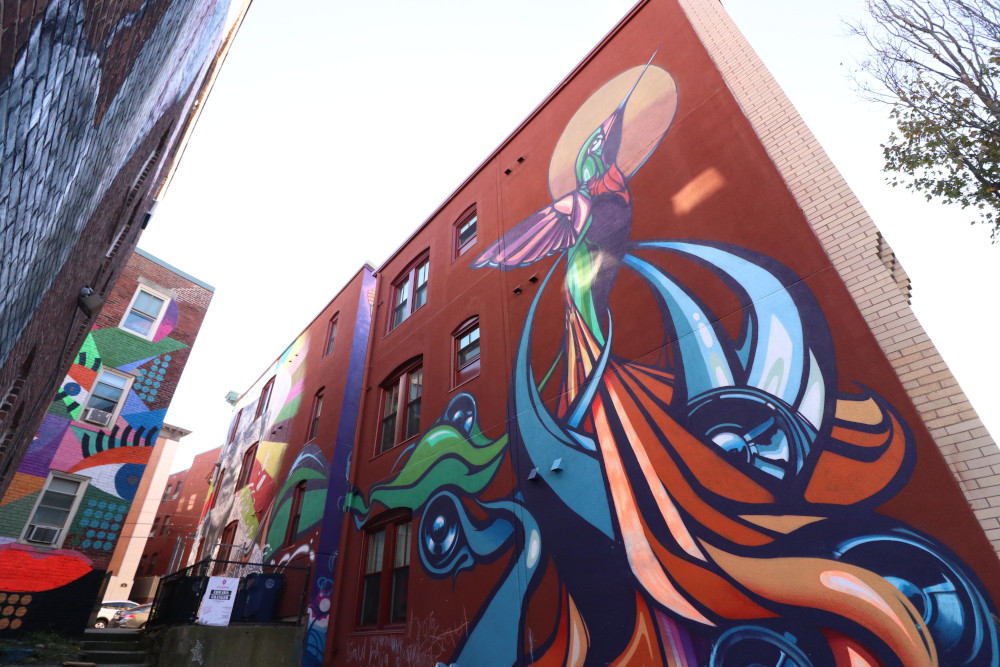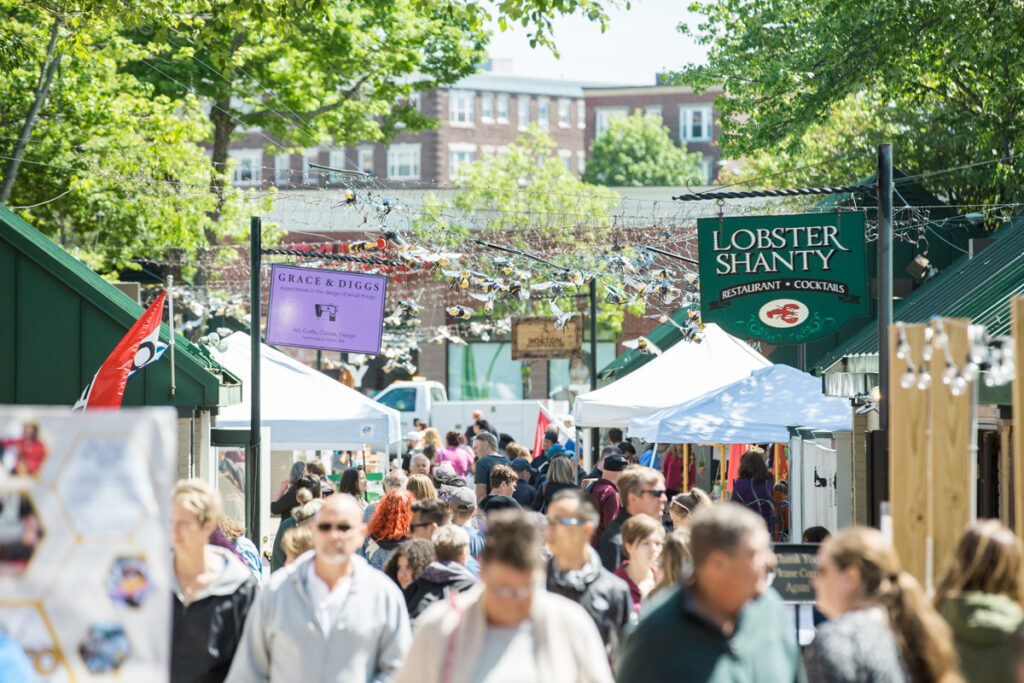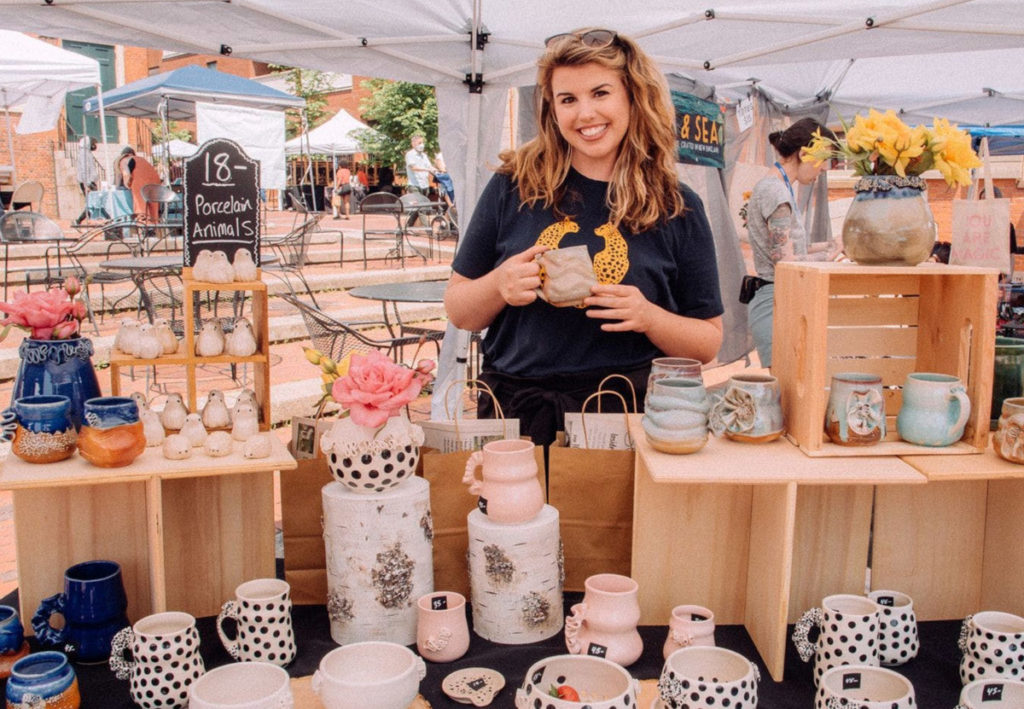There’s no way around it: Salem and witches just go together in the public imagination. But for the past decade, the city best known for the spooky and supernatural has been consciously and creatively nurturing another side of its personality, establishing its identity as a destination for artists and art-lovers.
“There’s a preconceived notion of what Salem is and isn’t,” says John Andrews, founder and president of Creative Collective, a Salem consultancy that helps artists develop sustainable businesses. “But I can walk down the center stretch of this community and always run into something cultural.”
Salem got serious about making itself known for art in 2013, when it released its public art master plan, which outlined strategies for integrating the arts fully into the life of the city. And the residents, businesses, and community organizations in the city have been enthusiastic partners in cultivating Salem’s reputation for the arts.
“The community is really dedicated to embracing and celebrating the artistic endeavors of the people who live here,” says Anastasia Alter, board president of the Salem Arts Association.

The cultural anchor of the city is the Peabody Essex Museum, a treasure trove of cultural and historic artifacts ranging from 17th-century Japanese screens to iconic fashion from the 1900s. Founded in 1799, it is the oldest continuously operating museum in the country. Its mission explicitly embraces innovative and contemporary ways of approaching art. Rotating exhibits use sound, video, light, and interactive elements to communicate and connect with visitors.
“That’s a constant conversation that we’re having: What can we bring in that’s new, that’s different, that can possibly change or inform your perspective?” says the museum’s chief operating officer Kurt Steinberg. “Creating that discovery, that sense of awe, that aha moment is at the core of who we are. We love surprising people.”

There is so much more art to experience beyond PEM, however. Since 2017, the Punto Urban Art Museum has offered up dozens of bold and thought-provoking murals—there are nearly 70 today—on the sides of buildings in The Point neighborhood, creating an open-air art gallery that transforms a stroll through the area into an artistic immersion.
A project of the North Shore Community Development Coalition, the museum has a social justice mission, aiming to make a more dynamic neighborhood for residents by creating art and encouraging the economic development that visitors bring. Residents are asked what kind of art they’d like to see, and the museum seeks out artists that reflect these ideas. This spring, the museum will expand its operation to include an indoor gallery space and “Casa de Abuela,” an installation replicating a typical Dominican country home.
“Art, for us, is a vehicle to connect to the people and the neighborhood,” museum director Saniego Sanchez says.

The Salem Arts Association hosts a shifting array of thematic exhibitions featuring the work of local artists. Until April 6, the association is featuring “This is Trans,” a photographic exhibit exploring trans identity; upcoming shows will focus on work inspired by PEM’s “Our Time on Earth” exhibit and the concept of minimalism.
Beyond the full-time institutions, Salem is home to a regular stream of festivals and fairs that bolster its artistic reputation. Every June, the Salem Arts Fest celebrates local creators with three days of artisan street fairs, performances, and live art-making to watch and even participate in. There are festivals featuring documentary films, poetry, and literature.

One of the newest entries in Salem’s arts scene is the Girl Gang craft fair—dates are planned for June and July—which founder Phoebe Sherman describes as a “femme-forward” event where locals and visitors can shop for jewelry, candles, and other wares from local makers. Sherman, who relocated from California, says her new town is a fertile place for a creative business.
“The political, the historical—all of these things can be tied in with the arts to create a really unique experience for both residents and tourists,” she says. “It’s a very artistic and creative place, and there’s a lot going on.”
Taken together, Salem’s permanent museums and the temporary exhibits, the art with deep historic roots and the newest creative endeavors, come together to make the city much more than a place with some good art, Alter says.
“It’s not just that there’s art in Salem—it’s that Salem is art,” she says. “And it’s so much fun.”

